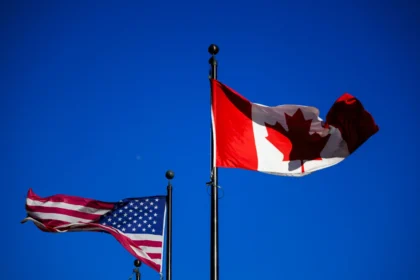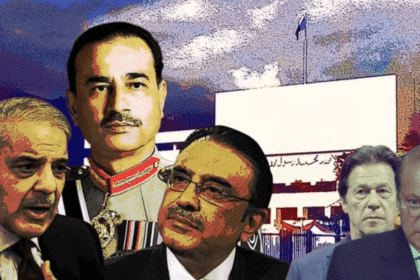Our understanding of the connection between the West and East was irreversibly altered in 1978 when Palestinian-American philosopher Edward Said popularized the term “Orientalism.” His criticism of the way Western nations have traditionally depicted the Middle East exposes a stark reality; the Orient was idealized, romanticized, and frequently denigrated rather than seen as it actually was. This false identity was used as a handy excuse for colonial expansion as well as a cultural stereotype.
The East was viewed through this prism as the exotic “other”—a realm of mystery and primitiveness that was teeming with odd traditions and archaic behaviors. It was common to portray Arab women in particular as downtrodden and silent, hiding behind veils as they awaited the West’s “rescue.” These representations were not only made up, but they also shaped humanitarian efforts, foreign policy, and even military engagements, becoming a part of the political narrative. Even now, public perception and media coverage continue to reinforce the same orientalist narrative, especially when it comes to the veiled lady. Burqas are sometimes used as a shorthand for tyranny in nations such as Afghanistan. Afghan women continued to wear the burqa after the Taliban were overthrown, which shocked many Western observers. However, this surprise shows more about Western norms than it does about the decisions made by Afghan women.

It is clear how little consideration is given to the cultural, historical, and religious importance of the veil when it is assumed that Afghan women will exchange their burqas for jeans and Chanel suits as a result of liberty. Despite what many people think, the Taliban did not create the burqa. Pashtun women in some regions of Afghanistan wore head and body coverings long before their reign as a sign of modesty and respectability within the family. Not only were these clothes not the result of tyranny, but they also represented deeply ingrained customs. The story of Dr. Suheila Siddiqi, a renowned Afghan surgeon and lieutenant general in the Afghan medical corps, is a strong portrayal that contradicts these broad assumptions. Despite intense pressure during the Taliban administration, she refused to wear the burqa and persisted in retaining her post as the head of a famous hospital. Her story shows how Muslim women are not only known for being silent and reserved but also as strong women. Her story was also published in The Guardian in 2002, and she later stayed in Afghanistan and continued to deal with it with integrity and strength.
Oppression versus choice is a common theme in the larger discussion surrounding the veil, whether it be the hijab, niqab, or burqa. It is seen as a sign of patriarchal domination by many feminists in the West. Strict interpretations of Sharia law do require some women to wear it; however, this is not the case for all Muslim women. Many times, people choose to wear the hijab willingly as a sign of their identity, faith, or even political opposition. Muslim women have agency, and reducing the veil to a sign of submission perpetuates the idea that they are only victims of their culture and religion. The argument that Islam is fundamentally incompatible with Western concepts of equality and freedom is also supported by this.

There are practical repercussions to this notion. For example, research indicates that when Syrian refugee women are depicted wearing headscarves, Western viewers are more likely to feel negatively about them. Research conducted in the United States revealed that individuals who were shown images of Syrian women wearing the hijab felt less sympathetic and more scared. This finding glaringly demonstrates how visual cues may elicit Islamophobic and orientalist attitudes.
Arab women, on the other hand, are aggressively and forcefully contesting this narrative. Islamic feminism is gaining momentum in the Middle East and the diaspora. The movement has its roots in Islamic theology and scripture, and it seeks to empower women from within the faith. It also argues that masculine leaders’ misapplication and distortion of Islam—rather than Islam itself—is the cause of the oppression of women in societies. In an effort to reclaim their rights, Islamic feminists embrace their faith rather than reject it. According to their argument, Islam fundamentally bestows upon women respect, equality, and agency—values that are frequently eradicated by both religious fanaticism and Western stereotypes.

Listening to Arab women instead of speaking for them is the first step toward overcoming the orientalist perspective. Whether they choose to wear a hijab or not, remain in their nations or look for opportunities abroad, lead revolutions or quietly assist their communities, we must acknowledge the diversity of their experiences and accept their choices. Without addressing prejudices in our society, criticizing patriarchal structures in our cultures is insufficient. We must recognize Muslim women as the complex, brave, and strong people they are, rather than the simplistic representations of veils and victims, if we are to genuinely support their rights and freedoms.
















